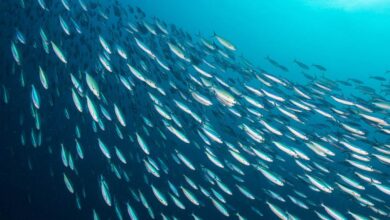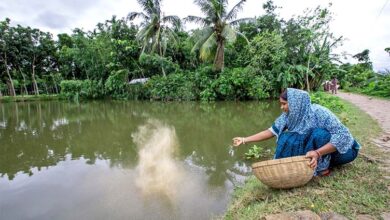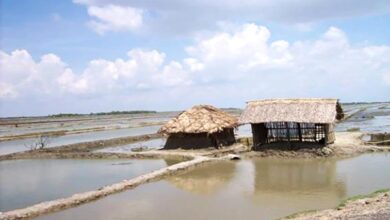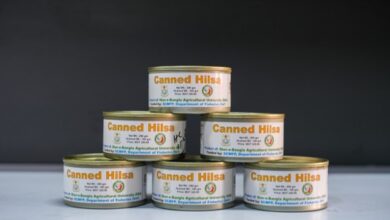The Blue Economy: A catalyst for economic growth and development in coastal Bangladesh
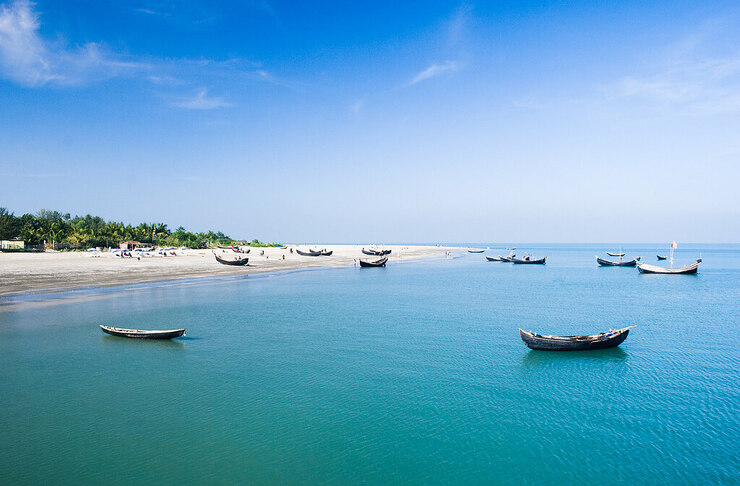
The Blue Economy, which includes the use of marine resources, seeks to boost economic growth by exploiting resources in a sustainable manner. It also aims to promote social inclusion, improve livelihoods, and fulfill rising employment demand while protecting the environmental sustainability of ocean and coastal areas.
Bangladesh has a huge maritime boundary. The marine territory is estimated to be 118,813 square kilometers. The country also has also extensive reserves of both living and non-living resources in its coastal and maritime areas, which provide considerable prospects for development.
A wide variety of non-living resources can be found in Bangladesh’s coastal areas, including oil, gas, sea salt, etc. Several offshore and nearshore regions off Bangladesh’s coast hold oil, gas, and commercially important heavy minerals.
There have been 17 deposits found in beach sands between Patenga and Teknaf that contain valuable minerals, including Zircon, Rutile, Ilmenite, Leucoxene, Kyanite, Garnet, Magnetite, and Monazite.
These resources benefit a variety of sectors, including marine transit, tourism, industry, ports, shipyards, shipbreaking, agriculture, aquaculture, islands, coastal protection, carbon storage, and waste disposal.
Among living coastal resources, Mangroves are the second most significant natural system in Bangladesh. The mangrove ecosystem is home to an abundant range of animals, including 53 species of pelagic fish, 124 species of demersal fish, 24 shrimp species, 58 wildlife species, and 270 birds.
Saint Martin’s Island contains the country’s unique coral habitat. There are 66 different coral species referred to here.
Bangladesh’s enormous water areas support roughly 260 freshwater and 475 marine fish species, many of which are threatened.
Bangladesh’s fish production has expanded sixfold in the previous 30 years. In 1983-84, the country produced just 7.54 lakh metric tons of fish, however, in 2020-21, the total surpassed 46.21 lakh metric tons. In reality, the government of Bangladesh’s Vision 2021 targeted for 45.52 lakh metric tons of fish output in 2020-21, which has already been exceeded. However, aquaculture accounts for more than 57% of total production.
More than 0.8 million people rely directly or indirectly on the marine fishing sector for a living. There are now 225 industrial trawlers in operation, including 24 mid-water trawlers and around 38,000 mechanized and non-mechanized boats.
Hilsa (shad) is a significant fish in South and Southeast Asia, particularly in Bangladesh. Hilsa is the one species that contributes the most to the country’s fish production. Hilsa accounts for more than 12.09% of the country’s fish production.
In the fiscal year 2001-02, the total amount of Hilsa harvested in the country was just a little more than 2 (2.21) lakh metric tons, by the fiscal year 2020-21, it had risen to almost 6 (5.65) lakh metric tons.
Besides Hilsa, shrimp production in Bangladesh is continually expanding. In the fiscal year 2020-21, Bangladesh’s total shrimp output is two and a half (2.52) lakh metric tons, rising at a pace of roughly 4.43% each year.
Bangladesh’s coastal areas have distinctive attractions, such as Cox’s Bazar, the world’s longest sea beach, and the Sundarbans, the world’s biggest mangrove forest. However, the potential for coastal and marine tourism goes largely unexplored, as seen by Bangladesh’s recreational and tourism performance score, now at only 8%.
Limited data make it difficult to conduct a comprehensive assessment of all Bangladeshi marine resources. Yet it is quite clear that Bangladesh has vast marine resources which has immense potential for the country.
However, the growing pressures of population expansion and rising demand for work and food emphasize the importance of making sustainable and efficient use of these resources.
Therefore, adopting a comprehensive strategy that tackles all marine and maritime challenges is critical to Bangladesh’s sustainable resource management.
It is thus necessary to establish a strong set of statutory environmental laws to encourage the sustainable use of marine resources across all operating areas.
Priorities for ensuring the security of sustainable blue economy growth include increased ocean knowledge, spatial planning, and marine surveillance.
These activities will ultimately strengthen the blue economy and advance the Sustainable Development Goals (SDGs), particularly SDG 14.
Jaber Bin Abdul Bari
Department of Oceanography, NSTU

